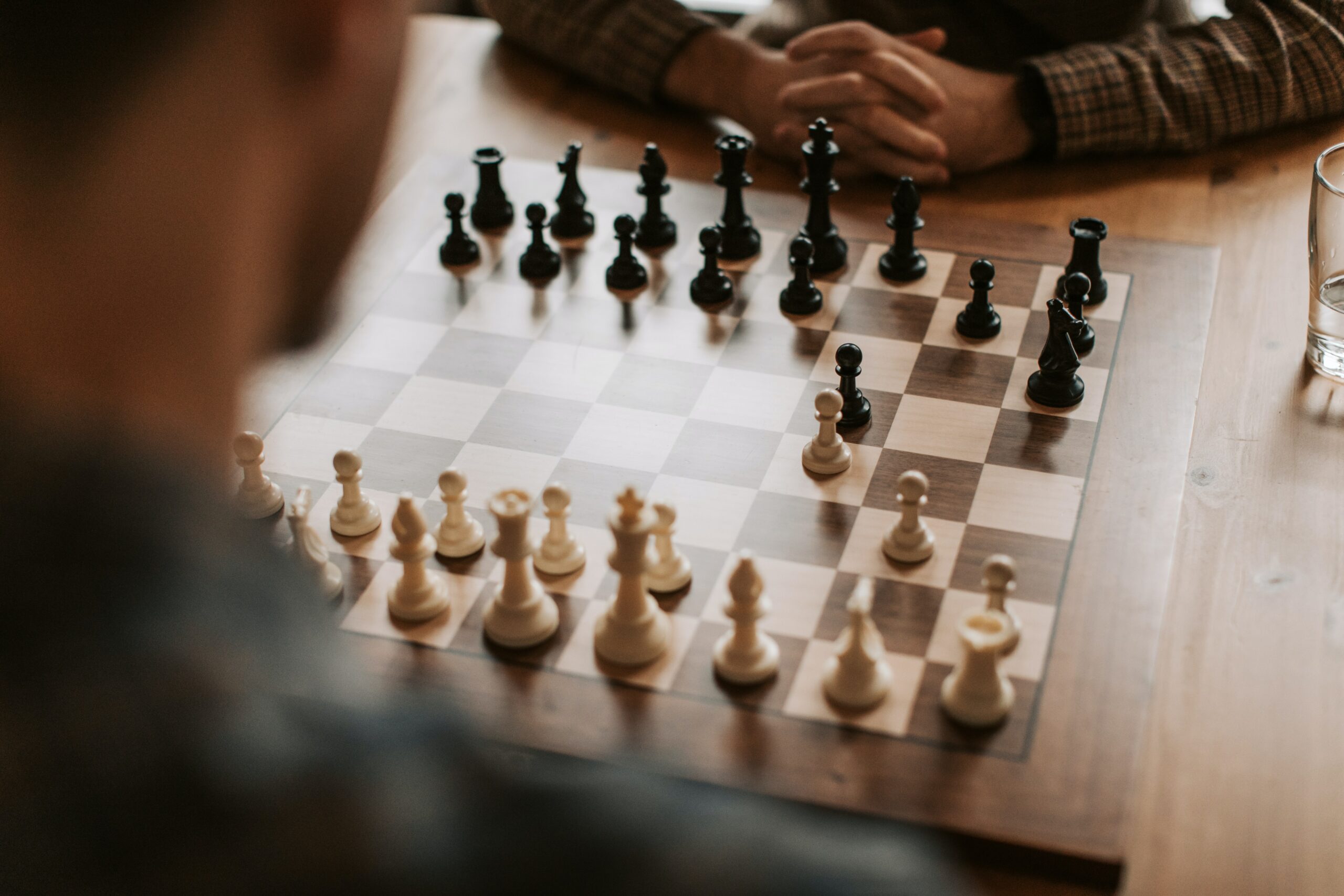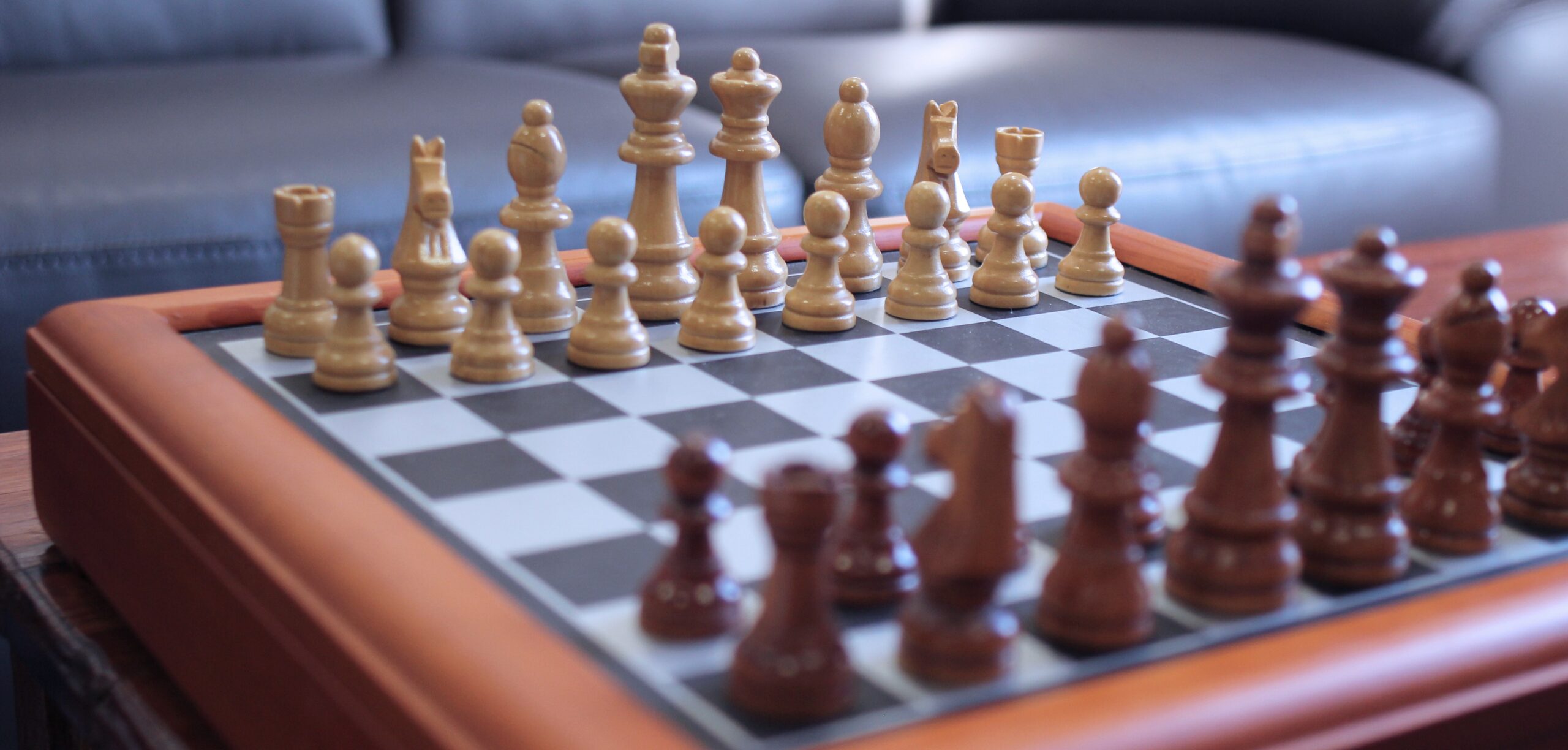Chess is a timeless game of strategy, intellect, and foresight that has captivated players for centuries. Whether you’re a beginner or an experienced player, understanding and implementing various chess strategies can significantly enhance your gameplay.
In this comprehensive guide, we will delve into the fascinating world of chess strategies and provide valuable insights to help you improve your skills and outmaneuver your opponents. From fundamental tactics to advanced techniques, let’s unlock the secrets of chess strategy and embark on a thrilling journey toward mastery.
What are the Fundamental Chess Strategies Every Player Should Know?
To establish a strong foundation in chess, it is crucial to grasp the fundamental strategies that form the building blocks of the game. These strategies lay the groundwork for future moves and help players gain an early advantage.
Opening moves play a vital role in setting the stage for the rest of the game. Controlling the center of the chessboard and developing pieces efficiently can establish a solid position. Understanding and executing opening principles, such as rapid development, pawn structure, and piece coordination, can provide a strategic edge.
What are the Most Effective Middle Game Tactics to Outwit Your Opponent?
In the middle game of a chess match, strategic decisions and tactical maneuvers play a crucial role in outmaneuvering your opponent and gaining a significant advantage. To excel in this phase of the game, consider implementing the following effective middle-game tactics:
-
Pins and forks: Utilize pins to immobilize your opponent’s pieces by threatening a more valuable piece behind it. Forks involve attacking two or more pieces simultaneously with one piece, forcing your opponent into a difficult choice.
-
Discovered attacks: Unleash the power of discovered attacks by moving a piece to reveal an attack from another piece. This tactic can lead to material gains or positional advantages.
-
Double attacks: Execute double attacks to simultaneously threaten two or more targets, forcing your opponent into making unfavorable choices and potentially winning material.
-
Centralization: Focus on centralizing your pieces, as the center of the board provides better mobility and coordination. Centralized pieces exert more influence on the game and create threats.
-
Pawn breaks: Identify opportunities to break through your opponent’s pawn structure. Advancing pawns strategically can disrupt their position and open lines for your pieces to penetrate.
-
Piece coordination: Develop strong coordination among your pieces to maximize their potential. Coordinated attacks and defensive maneuvers can create powerful combinations and defensive fortresses.
-
King safety: Pay attention to the safety of your king during the middle game. Keep it well-protected, preferably behind a shield of pawns, and avoid unnecessary risks.
How to Use Opening Moves to Gain an Early Advantage?

In chess, using opening moves to gain an early advantage is a fundamental strategy that sets the tone for the rest of the game. The opening phase involves positioning pawns and developing pieces strategically to control the center of the board and establish a strong foundation.
Adhering to established opening principles, such as rapid development and pawn structure can seize the initiative and put pressure on their opponents from the start. Familiarizing oneself with popular opening systems, like the Italian Game or Sicilian Defense, enables players to anticipate their opponent’s moves and react with precision.
A well-executed opening can create favorable positions, provide greater mobility for pieces, and pave the way for future tactical and positional maneuvers throughout the game.
How to Recognize and Exploit Weaknesses in Your Opponent’s Position?
Recognizing and exploiting weaknesses in your opponent’s position is a fundamental aspect of a successful chess strategy. Through careful observation and analysis, you can identify vulnerable areas in their pawn structure, piece coordination, or king safety.
These weaknesses may manifest as backward pawns, exposed kings, overextended positions, or open files. Strategically targeting these weak points can launch powerful attacks, create tactical opportunities, and gain a positional advantage. Exploiting your opponent’s weaknesses requires astute planning, precise calculation, and the ability to seize opportunities when they arise.
| Weakness | Description | Exploitation Strategy |
|---|---|---|
| Backward Pawn | A pawn that cannot be protected by another pawn. | Target the pawn with your pieces and try to exchange them. |
| Isolated Pawn | A pawn with no neighboring pawns on adjacent files. | Blockade the pawn and attack it with pieces, making it difficult to advance. |
| Exposed King | A king with minimal protection from his own pawns and pieces. | Launch a coordinated attack using your pieces to put pressure on the exposed king. |
| Overextended Position | An area of the board where your opponent’s pieces lack coordination. | Exploit the disorganization by creating threats in different parts of the board. |
| Open File | A file with no pawns, allowing for free movement of pieces. | Place your rooks or queen on the open file to control it and attack the opponent’s position. |
What are the Different Endgame Techniques to Seal the Victory?
Endgames are the final phase of a chess game, where every move becomes critical. Understanding key endgame principles and techniques is crucial to converting advantages into winning positions.
Techniques such as pawn promotion, king activity, zugzwang, and the opposition play pivotal roles in endgames. Mastering the art of pawn promotion, where a pawn reaches the last rank and transforms into a more powerful piece, can turn the tide in your favor.
Activating your king, bringing it closer to the action, is crucial for successful endgame play. Zugzwang, a situation where any move weakens the player’s position, can force your opponent into unfavorable moves.
Additionally, gaining the opposition, where your king is directly in front of your opponent’s king, can secure victory by restricting their king’s movement.
How to Employ the Power of Pins and Forks in Your Chess Gameplay?
Pins and forks are tactical weapons that can disrupt your opponent’s plans and create advantageous positions. A pin occurs when a piece is immobilized due to the threat of exposing a more valuable piece behind it.
Pinning a piece can restrict its movement and potentially win material or launch further attacks. Forks, on the other hand, involve attacking two or more pieces simultaneously with one piece.
This forces your opponent to choose which piece to save, often resulting in the loss of material. Recognizing pin and fork opportunities requires careful analysis of the position and calculation of potential variations.
What is the Best Strategy to Control the Center of the Chessboard?
Controlling the center of the chessboard is a fundamental strategic principle that provides numerous advantages. The center offers increased mobility for pieces, provides better coordination, and opens avenues for attacks.
Deploying pawns and pieces to occupy central squares, such as e4, d4, e5, and d5, is crucial to maintain dominance. Controlling the center restricts your opponent’s options and forces them to react to your strategic plans. Maintaining a strong presence in the center sets the stage for future tactical and positional maneuvers.
How to Execute the Classic “King’s Hunt” Strategy for a Checkmate?
The “King’s Hunt” strategy revolves around pursuing and checkmating the opponent’s king by creating a web of attacking pieces. It involves driving the enemy king into a vulnerable position where checkmate becomes inevitable.
This strategy often relies on tactical motifs such as sacrifices, piece coordination, and exploiting weak squares around the enemy king. Initiating a “King’s Hunt” requires careful planning, precise calculation, and the ability to assess potential risks.
What are the Key Principles of Attack and Defense in Chess?
Understanding the principles of attack and defense is vital for effective chess strategy. When attacking, it’s essential to create threats, target weaknesses, and exploit tactical opportunities. Launching coordinated attacks, maintaining piece activity, and applying pressure on your opponent’s position can keep them on the defensive.
On the other hand, defense involves fortifying your position, safeguarding your king, and neutralizing your opponent’s threats. Balancing both attack and defense is crucial for successful gameplay.
How to Strategically Use Pawns to Strengthen Your Position?

Pawns are the backbone of your position in chess, and utilizing them strategically can greatly enhance your overall gameplay. Understanding pawn structure, pawn breaks, and pawn islands are key concepts for pawn play.
A well-structured pawn formation provides a solid foundation, restricts the opponent’s pieces, and creates opportunities for launching attacks. Identifying pawn breaks, which involve advancing a pawn to challenge your opponent’s structure, can disrupt their position and open lines for your pieces.
Minimizing pawn islands, where isolated pawns exist, strengthens your position and facilitates piece coordination.
What are the Psychological Strategies to Outmaneuver Your Opponent?
Psychological warfare plays a significant role in chess. Understanding and exploiting your opponent’s psychological weaknesses can tilt the balance in your favor.
Creating complex positions, offering unexpected sacrifices, or introducing unconventional strategies can unsettle your opponent and force them into making mistakes. Maintaining composure, bluffing, and disguising your intentions are psychological strategies that can confuse your opponent and disrupt their thought process.
Additionally, observing your opponent’s body language and reactions can provide valuable insights into their mindset and potential vulnerabilities.
How to Adjust Your Chess Strategy Based on Your Opponent’s Style?
Adapting your strategy to match your opponent’s playing style is a key aspect of successful chess gameplay. Observing and analyzing your opponent’s tendencies, strengths, and weaknesses can help you formulate a targeted strategy.
If your opponent prefers aggressive play, focusing on solid defense and counterattacking opportunities can neutralize their aggressive tendencies. Conversely, against a more defensive opponent, employing tactical combinations and exploiting weaknesses can break down their fortified position.
What are the Lesser-Known but Effective Strategies to Surprise Your Opponent?

Chess is a game of surprises and unexpected moves. Releasing lesser-known strategies can catch your opponent off guard and disrupt their plans. Strategies such as pawn storms, positional sacrifices, prophylaxis, and out-of-the-box opening choices can inject novelty into your gameplay.
Pawn storms involve advancing pawns aggressively to attack the opponent’s position and create chaos. Positional sacrifices, where you willingly sacrifice material for long-term positional advantages, can unbalance the game and provide winning chances.
Prophylaxis involves anticipating your opponent’s potential threats and taking preventive measures to neutralize them. Finally, surprising your opponent with unusual opening choices can put them out of their comfort zone and force them to navigate unfamiliar territory.
Summing Up
Mastering chess strategies requires dedication, practice, and a deep understanding of the game’s intricacies. By familiarizing yourself with fundamental tactics, such as opening moves, middle-game tactics, and endgame techniques, you can elevate your gameplay and gain a competitive edge.
Additionally, implementing advanced strategies like pinning, forking, and exploiting weaknesses can significantly influence the outcome of the game. Adapting to your opponent’s style, employing psychological tactics, and surprising them with unconventional strategies further enhance your chances of success.
So, dive into the world of chess strategy, explore its vast possibilities, and embark on a thrilling journey toward mastery.




